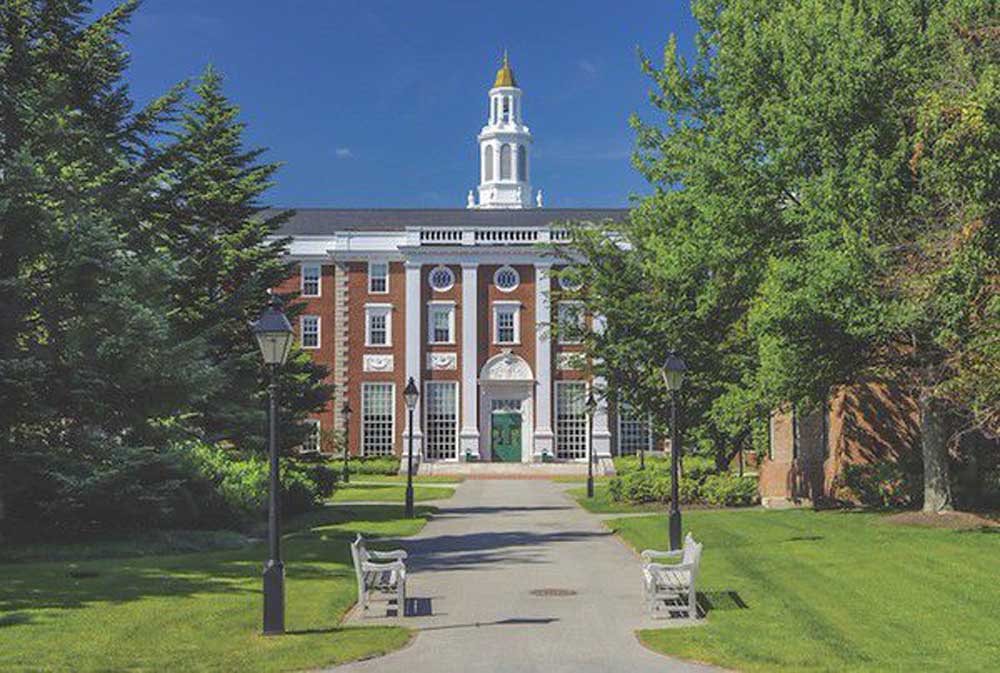Support your favorite colleges and universities
Published 6:54 am Sunday, March 20, 2016
March Madness is in full swing this weekend as the NCAA Division I men’s and women’s basketball teams compete for the chance to make it to the Sweet Sixteen. Thirty-two teams will advance from a field of 130 teams that entered the tournament this week. According to the NCAA, 346 schools compete in Division I athletics, and another 746 compete in Divisions II and III. The National Center for Education Statistics reports that the U.S. has 2,968 four-year colleges and another 1,738 two-year colleges. Participation in athletics provides a venue for building student camaraderie and alumni loyalty that lasts far beyond the final buzzer.
The Council for Aid to Education reported that colleges and universities raised a record $40.3 billion in charitable contributions to support their institutions in 2015, the majority of which came from individual donors. This is the highest record since the group began conducting their survey in 1957. Alumni giving accounted for nearly 27 percent of that total, and non-alumni individuals accounted for nearly 20 percent of the total. Foundations (which are run by individuals who may or may not be alumni) accounted for another 29 percent of total contributions and corporations (which also happen to be run by individuals) represent another 14 percent of the total. Individuals cited giving to support capital purposes and giving for current operations as two primary designations for charitable contributions.
College administrators understand how to balance a budget and how to operate within the constraints of available resources, so why would they need money beyond what they are able to collect in tuition and fees? Charitable contributions impact colleges in three primary ways.
First, they provide the funds required for capital projects, such as the construction of new facilities and the renovation of existing ones. You don’t really expect your alma mater to have the same carpet, furnishings and technology infrastructure that was there when you attended, do you? Eventually, nearly everything on campus must be renovated or replaced. Even water fountains and football stadiums don’t last forever.
Secondly, many donors make charitable contributions to support annual operating costs. These annual funds provide important supplemental resources to pay everything from faculty salaries to utility bills.
Finally, donors make important contributions to build endowments for many uses on campus. Some donors prefer to support scholarship endowments that will provide direct financial aid to students, including student athletes, while others contribute to endowments to support research projects or specific educational programs, such as biochemistry or geology.
Colleges and universities understand where private contributions come from, and make significant effort to keep alumni and community leaders engaged and informed about campus needs. If you want to learn more about opportunities to support a particular institution, make an appointment with a member of the school’s alumni relations, advancement or development staff and begin your re-education. Faculty members also are great resources for information related to financial needs in a specific field of study. Faculty members can share their passion for the subject matter as well as current information about student scholarship needs, research projects and capital or equipment needs.
If you didn’t attend one of our fine local educational institutions, don’t let that limit your support of their work. Students with the greatest financial obstacles to overcome often attend college close to home because that is the most affordable option for them. When you invest in local campus projects, programs, or directly in the education of one of these students via scholarship support, you are making a long-term investment in your own community.
Let the excitement of March Madness encourage you to explore new opportunities to support your favorite college or university, or create a scholarship to help local students achieve their dream of earning a college degree. Let the thrill of victory and the agony of defeat in college basketball remind you that contributing to higher education may be your next best opportunity to give well.
Kyle Penney is president of East Texas Communities Foundation and a Chartered Advisor in Philanthropy. ETCF’s mission is to support philanthropy by providing simple ways for donors to achieve their long-term charitable goals. To learn more about ETCF or to discuss your charitable giving, contact Kyle at 866-533-3823 or email questions or comments to etcf@etcf.org. More information is available at www.etcf.org. Join ETCF to support your favorite charity on May 3 at www.EastTexasGivingDay.org.







